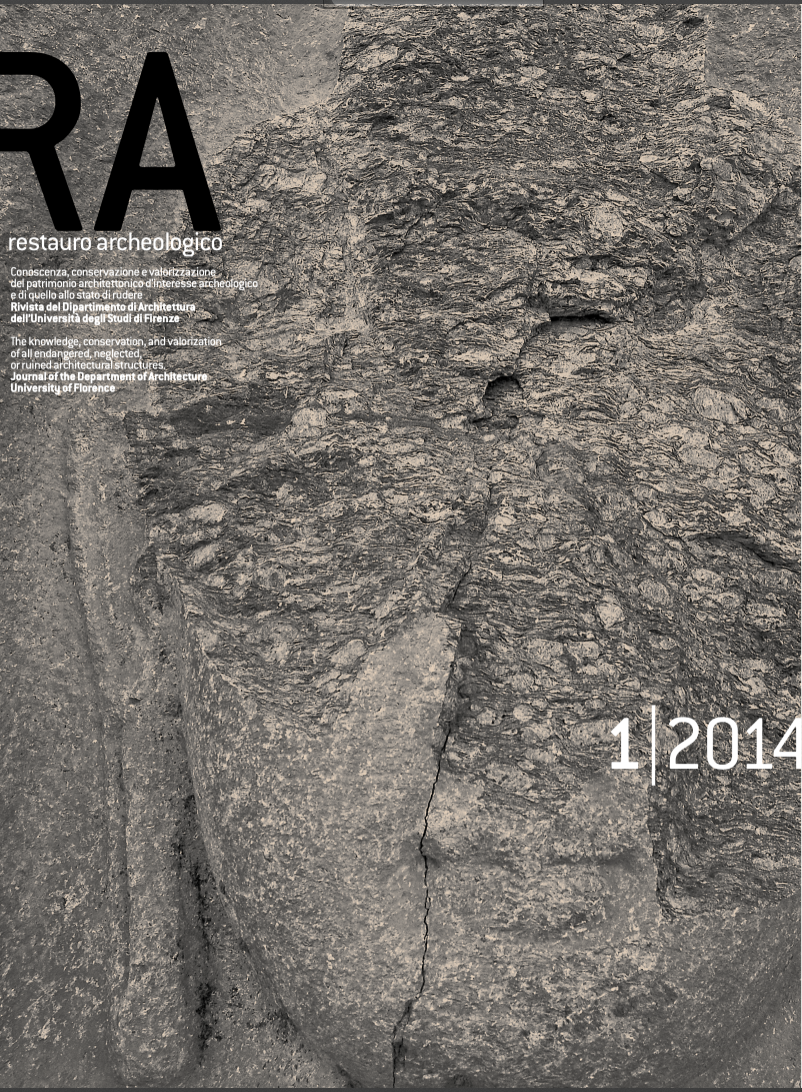L’approccio archeologico nel restauro diffuso dell’architettura tradizionale in stato di rudere. Recupero delle matrici murarie dell’edilizia storica nel restauro post-sismico. Casi studio nel cratere aquilano
Published 2016-02-10
How to Cite
Abstract
The earthquake of April the 6th 2009, which severely affected L’Aquila and the local towns in the seismic crater, destroyed or critically damaged over than 65 70% of the existing building heritage, reaching, to a certain extent, highpoints of 90%, while also producing billions of ruins either to be disposed of or recycled. After nearly five years, the reconstruction of the ancient villages is still on the move and the first post-seismic Plans of Reconstruction were approved only a few weeks ago. The most significant problems, highlighted by these processes of redevelopment dedicated to the structural rehabilitation of historical buildings, regard aspects of post-seismic restoration. These are specifically related to the traditional wall sets, which need radical treatments in order to be made safe: reparation/stabilization, reinforcement, remaking. Each kind of construction, deriving from a discernable wall matrix, shows typical material characterization in its composition and finishing, which implies the conservation of the architectural manufactures and the safeguard of the environmental and cultural identity of every place. This report aims to highlight these problems as well as, treasuring the observation and experiences derived from case studies, it points out the most innovative methods of analysis and work to be followed in the post-seismic restoration process.


